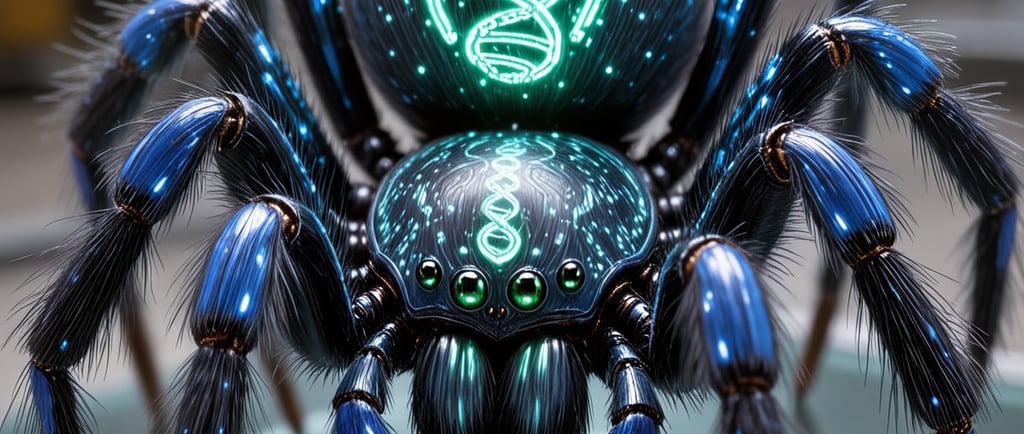Introducing the World's First Gene Edited Spider: A Breakthrough in Bioengineering


The Revolutionary Development in Genetic Engineering
In the realm of genetic engineering, a groundbreaking achievement has emerged, involving the world’s first gene-edited spider, the Parasteatoda tepidariorum. Utilizing CRISPR gene editing technology, scientists have successfully manipulated the genetic makeup of this common garden spider, leading to a remarkable capability: the production of fluorescent protein silk. This development signifies a major leap forward in the field of bioengineering, potentially revolutionizing the material sciences.
Understanding the CRISPR Methodology
The process began with the injection of CRISPR components and a fluorescent gene into unfertilized spider eggs. This sophisticated methodology enabled researchers to induce precise edits within the spider's DNA. Once the genetic material was inserted, scientists could monitor the subsequent offspring to determine the outcomes of the genetic modifications. Interestingly, the results yielded offspring that displayed silk producing a glowing, colored fluorescent light. This achievement not only highlights the potential of gene editing but also addresses questions regarding compatibility and functionality.
The Implications of Fluorescent Silk Production
The integration of the foreign gene into the silk proteins was a significant milestone, as it accomplished the task without disrupting the silk’s mechanical strength or natural structure. Unlike traditional silk, this genetically modified silk retains its durability and elasticity, characteristics essential for its practical applications. The implications of this discovery are vast; fluorescent silk could be applied in various fields including medical technology, high-performance textiles, and even in security features for anti-counterfeiting measures.
Moreover, the ability to produce fluorescent proteins through spider silk raises intriguing questions about future applications in biotechnology. Researchers envision potential utilizations in creating biosensors that could detect environmental changes or biological threats. As we explore sustainable solutions to meet global challenges, the fluorescence of spider silk presents a unique opportunity to innovate.
The journey of the PARAsteatoda tepidariorum from a commonplace arachnid to a cutting-edge biotechnological marvel underscores the importance of responsible genetic manipulation. As scientists continue to push the boundaries of what is achievable with gene editing, careful consideration must be given to the ethical implications and ecological impacts of such innovations.
In conclusion, the advent of the first gene-edited spider producing fluorescent silk marks a significant chapter in genetic engineering. As studies progress, the potential applications are boundless, paving the way for novel materials that could redefine industries. Scientific exploration continues to unveil extraordinary possibilities, envisioning a future where nature and technology converge seamlessly.
